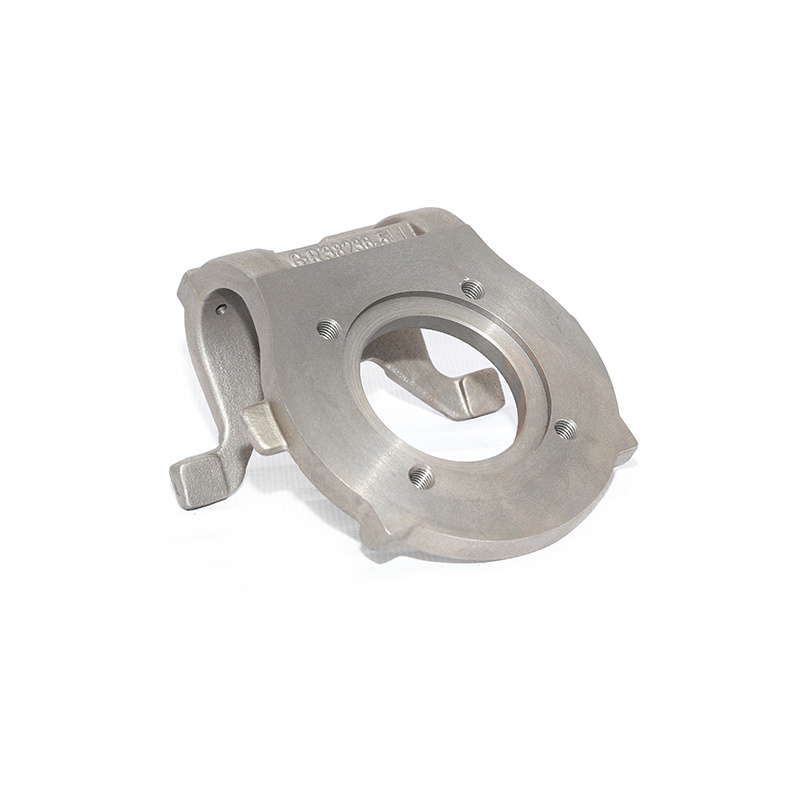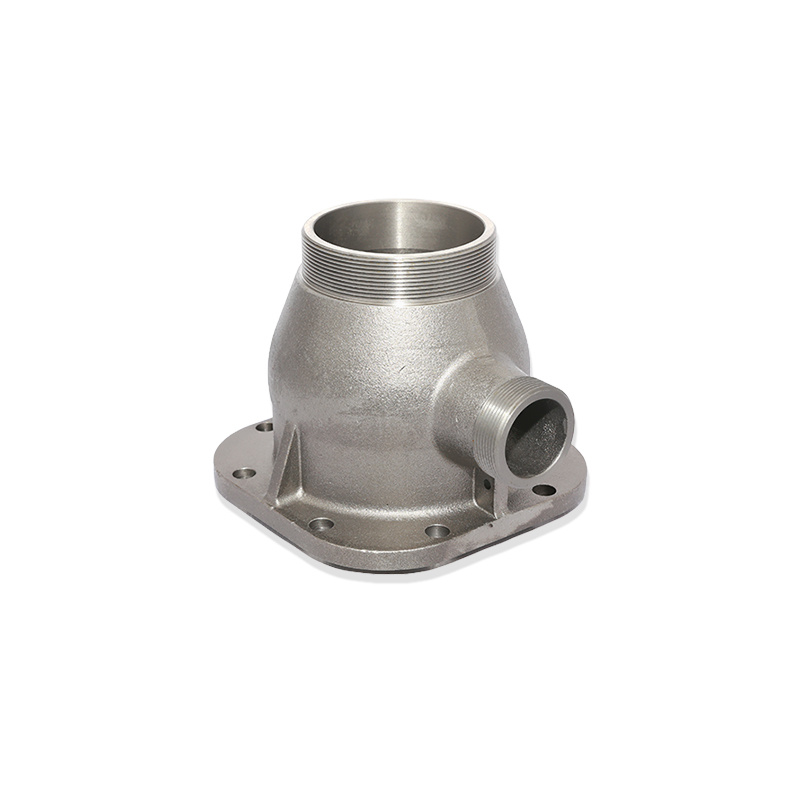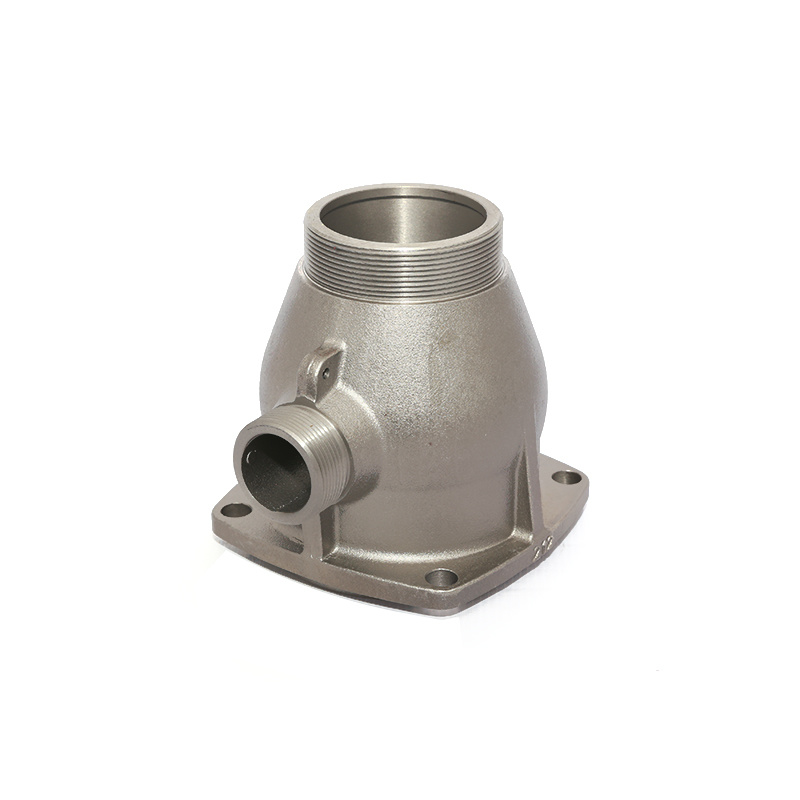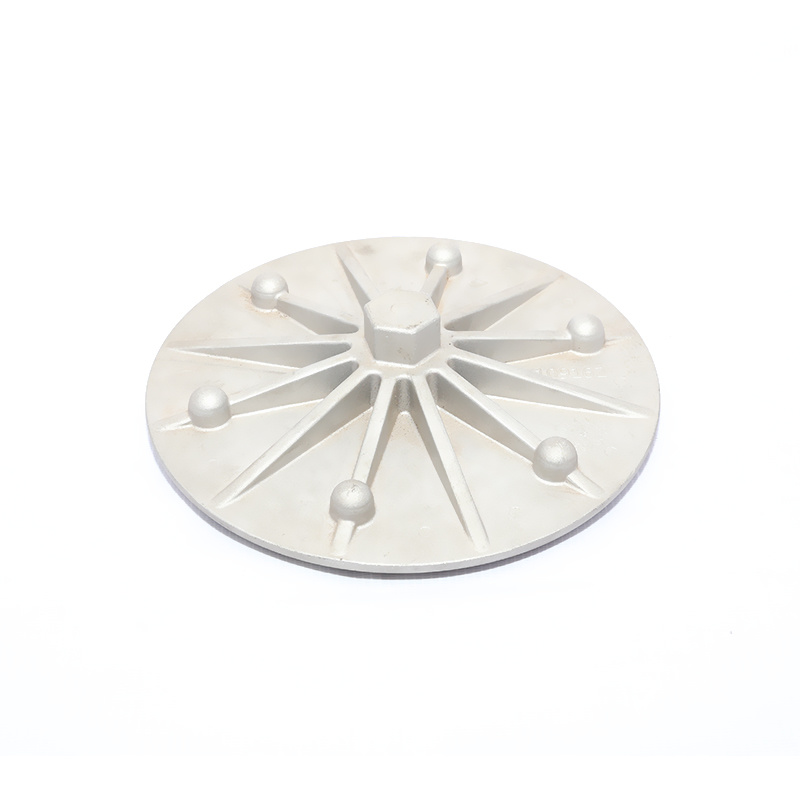language
English
العربية
বাংলাদেশ
Български
Hrvatski
Česky
Dansk
Nederland
Esperanto
Slovenski
filipino
Suomi
Français
Maori
Georgian
Deutsch
Ελλάδα
ישראל
इंडिया
Magyarország
Ísland
Indonesia
Irlanda
Italia
日本語
Sovensko
Հայաստան
한국
Kyrgyz
ປະເທດລາວ
Latvian
Lithuanian
Luxembourgish
Macedonian
Малайская
Maltese
Монгол улс
ဗမာ
नेपाल
Norge
ایران
Polska
Portugal
România
Российская
Србија
Србија
Bosanski
Slovenian
Беларус
España
Sverige
Точик
ประเทศไทย
Türk
Azərbaycan
Uzbek
Việt Nam
The Science Behind Quaternary Diaphragm Pumps: How They Work
May 13,2025
The Science Behind Quaternary Diaphragm Pumps: How They Work
Table of Contents
- 1. Introduction to Quaternary Diaphragm Pumps
- 2. Understanding the Technology Behind Diaphragm Pumps
- 3. How Quaternary Diaphragm Pumps Work
- 4. Applications of Quaternary Diaphragm Pumps
- 5. Advantages of Using Quaternary Diaphragm Pumps
- 6. Maintenance Tips for Quaternary Diaphragm Pumps
- 7. Troubleshooting Common Issues
- 8. Conclusion
- 9. FAQs
1. Introduction to Quaternary Diaphragm Pumps
Quaternary diaphragm pumps are vital components in various industries, particularly in applications requiring precision and efficiency in fluid transfer. Unlike standard pumps, these devices utilize a flexible diaphragm to move fluids, making them ideal for handling corrosive and abrasive substances. Understanding the mechanics behind these pumps can significantly enhance operational efficiency and maintenance practices.
2. Understanding the Technology Behind Diaphragm Pumps
Diaphragm pumps are classified as positive displacement pumps. They work by using an elastic diaphragm to create a vacuum that draws fluid into the pump chamber. This technology allows for the movement of liquids with varying viscosities and characteristics, ranging from thin solvents to thick slurries. In quaternary diaphragm pumps, this principle is further enhanced with a four-chamber design, providing greater flow rates and pressure levels.
2.1 Key Components of Quaternary Diaphragm Pumps
The primary components of a quaternary diaphragm pump include:
- **Diaphragm**: The flexible membrane that creates the pumping action.
- **Pump Chamber**: The area where fluid is drawn and expelled.
- **Check Valves**: Prevent backflow and ensure a one-way flow of fluid.
- **Drive Mechanism**: Often pneumatic or electric, it powers the diaphragm's movement.
2.2 How Diaphragm Materials Affect Performance
The material used for the diaphragm is crucial. Common materials include:
- **PTFE (Polytetrafluoroethylene)**: Excellent for chemical resistance.
- **Rubber**: Provides flexibility and durability but has limited chemical resistance.
- **Elastomers**: Used for specific applications that require a combination of flexibility and chemical resistance.
3. How Quaternary Diaphragm Pumps Work
The operation of quaternary diaphragm pumps involves a series of actions that facilitate fluid movement. When the diaphragm is pushed down, it compresses the fluid in the chamber, forcing it out through the outlet. As the diaphragm returns to its original position, it creates a vacuum that draws more fluid into the chamber.
3.1 The Cycle of Operation
The pumping cycle consists of two main strokes: the **intake stroke** and the **discharge stroke**. During the intake stroke, the diaphragm pulls fluid into the pump, while during the discharge stroke, the fluid is expelled. This continuous cycling allows for a steady flow of fluid without pulsation, a significant advantage in many applications.
3.2 Understanding Flow Rates and Pressure
Quaternary diaphragm pumps are designed to handle varying flow rates and pressures. The design allows for customizable settings, making them suitable for applications that require precise control over fluid dynamics. By adjusting parameters such as diaphragm stroke length and frequency, operators can optimize performance for specific tasks.
4. Applications of Quaternary Diaphragm Pumps
Quaternary diaphragm pumps find applications in various fields, due to their versatility and efficiency. Some common applications include:
4.1 Chemical Processing
These pumps are essential in chemical processing plants for transferring hazardous materials safely. Their ability to handle corrosive substances without leakage makes them a preferred choice.
4.2 Pharmaceutical Manufacturing
In the pharmaceutical industry, maintaining product purity is crucial. Quaternary diaphragm pumps prevent contamination, ensuring that the final product meets stringent health regulations.
4.3 Food and Beverage Industry
The food industry requires compliance with health standards. Diaphragm pumps used here are often made of non-toxic materials, allowing for safe transfer of food products.
4.4 Water Treatment
In water treatment facilities, these pumps are used to move sludge and other materials efficiently, contributing to the overall purity and safety of the water supply.
5. Advantages of Using Quaternary Diaphragm Pumps
The adoption of quaternary diaphragm pumps comes with several notable advantages:
5.1 Leak-Free Operation
One of the most significant benefits is the leak-free operation, which is vital in preventing environmental contamination and ensuring worker safety.
5.2 Versatility
These pumps can handle a wide range of fluids, making them suitable for various applications across multiple industries.
5.3 Easy Maintenance
With fewer moving parts compared to traditional pumps, quaternary diaphragm pumps are easier to maintain, leading to reduced downtime and lower operational costs.
5.4 Energy Efficiency
The design of these pumps allows for efficient operation, which can lead to significant energy savings over time.
6. Maintenance Tips for Quaternary Diaphragm Pumps
To ensure that your quaternary diaphragm pump functions optimally, regular maintenance is essential. Here are some tips:
6.1 Regular Inspections
Frequent inspections can help identify wear and tear before it leads to failure. Check the diaphragm for signs of cracking or damage.
6.2 Lubrication
Ensure that moving parts are adequately lubricated to prevent unnecessary friction and wear.
6.3 Cleaning
Regularly clean the pump to remove any build-up of materials that could affect performance.
6.4 Monitoring Performance
Keep an eye on flow rates and pressure levels to identify any anomalies that may indicate problems.
7. Troubleshooting Common Issues
Even well-maintained pumps can encounter issues. Here are some common problems and solutions:
7.1 Low Flow Rate
If the flow rate drops unexpectedly, check for blockages in the pump or the discharge line. Ensure that all valves are functioning correctly.
7.2 Unusual Noises
Strange noises can indicate that the diaphragm is damaged or that there are loose components. Inspect and replace as necessary.
7.3 Leakage
Leaks can occur if seals are worn. Inspect and replace seals as part of routine maintenance.
8. Conclusion
Quaternary diaphragm pumps are a remarkable feat of engineering, combining versatility, efficiency, and reliability. Their unique design and operation make them indispensable in many industries, from chemical processing to pharmaceuticals. By understanding how these pumps work and implementing effective maintenance strategies, users can maximize their performance and ensure longevity. As technology continues to evolve, quaternary diaphragm pumps will undoubtedly adapt and improve, further enhancing their role in industrial applications.
9. FAQs
What is the primary function of a quaternary diaphragm pump?
The primary function of a quaternary diaphragm pump is to transfer fluids, particularly those that are corrosive or abrasive, in a controlled and efficient manner.
How do I know when to replace the diaphragm?
Signs of a damaged diaphragm include visible cracks, decreased pumping efficiency, and unusual noises during operation. Regular inspections are essential for early detection.
Can quaternary diaphragm pumps handle viscous fluids?
Yes, quaternary diaphragm pumps are designed to handle a wide range of fluid viscosities, making them suitable for various applications.
What maintenance is required for diaphragm pumps?
Regular inspections, lubrication of moving parts, cleaning of the pump, and monitoring performance are essential maintenance tasks.
Are quaternary diaphragm pumps energy-efficient?
Yes, these pumps are designed to operate efficiently, leading to potential energy savings in industrial applications.
This article aims to provide a thorough understanding of quaternary diaphragm pumps, their operation, advantages, and maintenance strategies, ensuring you have all the information needed to optimize performance and extend the lifespan of these essential devices.
Latest News






